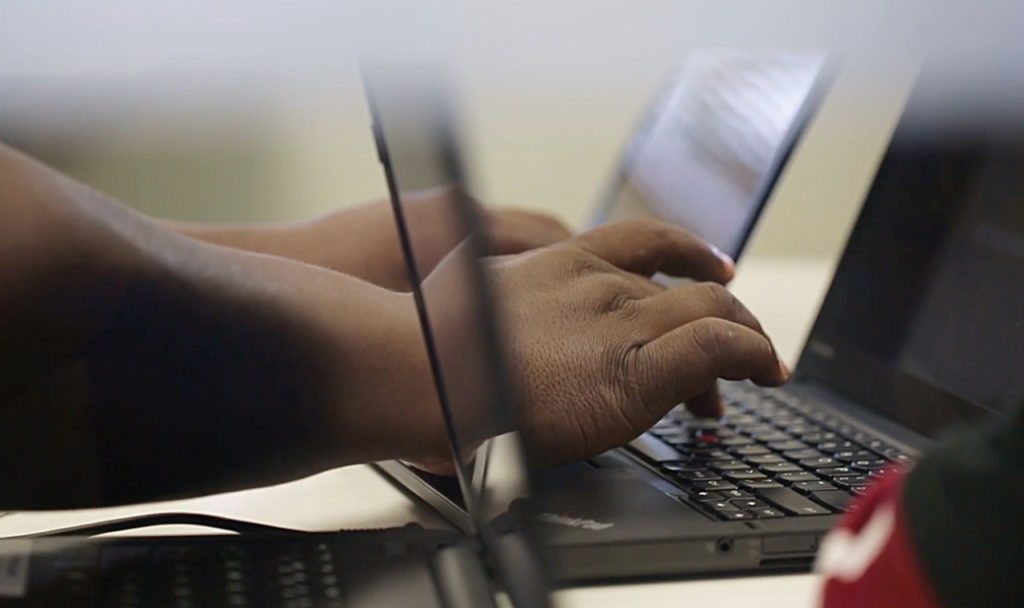No one will argue that technology has changed the basic fabric of our lives and the day-to-day operations of our society. Do you remember a time when a friendly gathering erupted in debate over a fact – like the final score of the 2003 Super Bowl or when Bruce Springsteen’s Born in the USA album was released? Fast forward to the same group gathering in 2022, and in an instant that information can be found and fact checked – all from the palm of your hand!

It is easy to take for granted so many functions of technology that we use today that were not even in existence as recently as 10 years ago. For instance, tablets, once a luxury are now used to occupy small children, or as a third computer screen at work. Further, the constant and consistent exposure to technology and the almost forced adoption of said technology has led most individuals to have a higher than baseline knowledge of how to operate and integrate different technologies in their daily lives.
In my role as the SVP, Senior Director of IT, I am always looking for new tools we can leverage to best support our participants and team members to stay on the front line of technology. On average, most Concordance participants serve over 10 years in prison with little to no access to technology for the duration of their sentence. When you think about how much technology changes from year to year, it is easy to see how the world looks and operates differently from a technology perspective for justice-involved individuals returning into their communities.
At Concordance, we believe it is imperative to not only provide technology training, but to also integrate technology into a participant’s journey at Concordance starting from day one.
Participant programing is divided into three areas at Concordance: Behavioral Health & Wellness, Community & Life Skills, and Education & Employment. While our digital literacy curriculum falls within Education & Employment, exposure and technology training spans our participants’ entire journey at Concordance. Below are a handful of ways Concordance weaves technology and digital literacy into the participant experience.
- The moment a participant arrives at our Concordance Center they are greeted by our “New Arrivals” board, a large screen that shows who we are welcoming to the Center.
- During the Landing Phase of our program, which is the first 2-3 days that a participant is at our Center, participants secure a cellphone, typically a smartphone, with assistance from their Case Manager.
- After the Landing phase, participants are introduced to the scheduling board, a large screen where daily appointments and class schedules are displayed. We transitioned from printed schedules to digital schedules so that participants can get used to using technology as part of their daily routine and in the workplace.
- The digital literacy curriculum portion of our program teaches participants how to use a laptop, navigate websites, use a search engine, how to best utilize email. As this course progresses, participants also learn how to sign forms digitally and take assessments using a computer.
- In preparation for part-time and full-time employment through the Concordance Employment Agency, participants learn how to use digital tools to write a resume.
These are just some of the examples of how we integrate technology into participants’ lives throughout the Concordance Re-Entry Model. In today’s world, to become an integrated member of society, we need to understand and consider that becoming efficient in texting and communicating digitally is as important as getting your driver’s license. Supporting participants in gaining a deeper understanding of technology and how to leverage it in their every day lives removes added stress they may experience during their transition back into the community. It is one more way Concordance partners with participants on their journey.
Rokas Varanavicius is SVP, Senior Director of IT at Concordance.